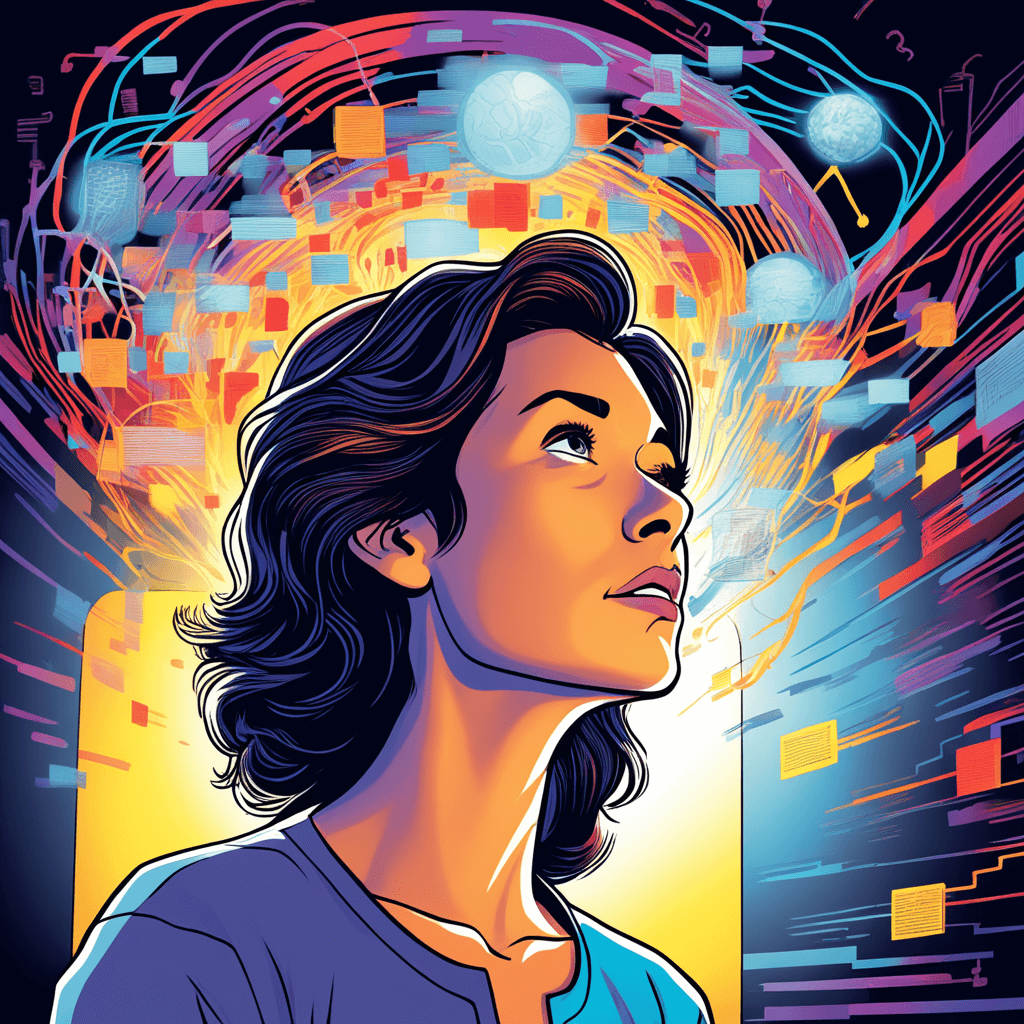Neuroscience has challenged some traditional teaching and learning theories by providing new insights into how the brain processes information and learns. Here are some teaching and learning theories that have been debunked or challenged by neuroscience:
1. Learning Styles Theory
The idea that people have specific “learning styles” that are best suited to their preferred way of learning has been debunked by neuroscience research. Studies have shown that presenting information in multiple formats (auditory, visual, kinesthetic) does not improve learning outcomes (Pashler et al., 2008). Instead, researchers suggest that learners should be exposed to a variety of teaching methods and materials to enhance learning.
2. The Theory of Multiple Intelligences
The theory of multiple intelligences suggests that there are different types of intelligence, such as linguistic, logical-mathematical, and bodily-kinesthetic intelligence. However, neuroscience research has not found evidence to support the idea that these intelligences are controlled by different parts of the brain (Waterhouse, 2006). Instead, intelligence is believed to be a complex, integrated process that involves multiple brain regions.
3. Left Brain/Right Brain Theory
The popular notion that people are either left-brained (logical, analytical) or right-brained (creative, intuitive) has been challenged by neuroscience research. Studies have shown that both sides of the brain are involved in most cognitive tasks, and that the brain functions as an integrated whole (Nielsen & Uhl, 2013). This means that teaching methods that engage both hemispheres of the brain may be more effective than those that focus on one side.
4. The Mozart Effect
The idea that listening to classical music can improve cognitive function and academic performance (known as the “Mozart effect”) has been widely debunked by neuroscience research. While listening to music can have a positive effect on mood and motivation, there is no evidence that it has a lasting impact on cognitive function or academic achievement (Chabris & Simons, 2010).
5. Digital Natives Theory
The idea that young people are “digital natives” who are naturally adept at using technology has been challenged by neuroscience research. While young people may be more comfortable with technology, studies have shown that their brains do not function fundamentally differently from older generations (Gee et al., 2013). This means that teaching methods that rely solely on technology may not be effective for all learners.
6. The Learning Pyramid
The idea that people remember 10% of what they read, 20% of what they hear, 30% of what they see, and so on (known as the “learning pyramid”) has been debunked by neuroscience research. While it is true that people remember more of what they do and teach others, the percentages used in the learning pyramid have no scientific basis (Lambert & McCombs, 1998).
In conclusion, neuroscience research has challenged some traditional teaching and learning theories by providing new insights into how the brain processes information and learns. Educators should be aware of these findings and use evidence-based teaching practices that are supported by current research.
References:
Chabris, C. F., & Simons, D. J. (2010). The Mozart effect: It’s all in your head. Nature, 463(7281), 608-609.
Gee, J. P., Takeuchi, L. M., & Keifert, D. (2013). Affinity spaces: From age of mythology to today’s schools. Educational researcher, 42(1), 1-11.
Lambert, N. M., & McCombs, B. L. (1998). How students learn: Reformulating the learning process for improved outcomes. American psychological association.
Nielsen, J. A., & Uhl, C. (2013). Exploring the left-brain/right-brain myth. Skeptic, 18(3), 40-45.
Pashler, H., McDaniel, M., Rohrer, D., & Bjork, R. (2008). Learning styles: Concepts and evidence. Psychological science in the public interest, 9(3), 105-119.
Waterhouse, L. (2006). Multiple intelligences, the Mozart effect, and emotional intelligence: A critical review. Educational psychologist, 41(4), 207-225.
